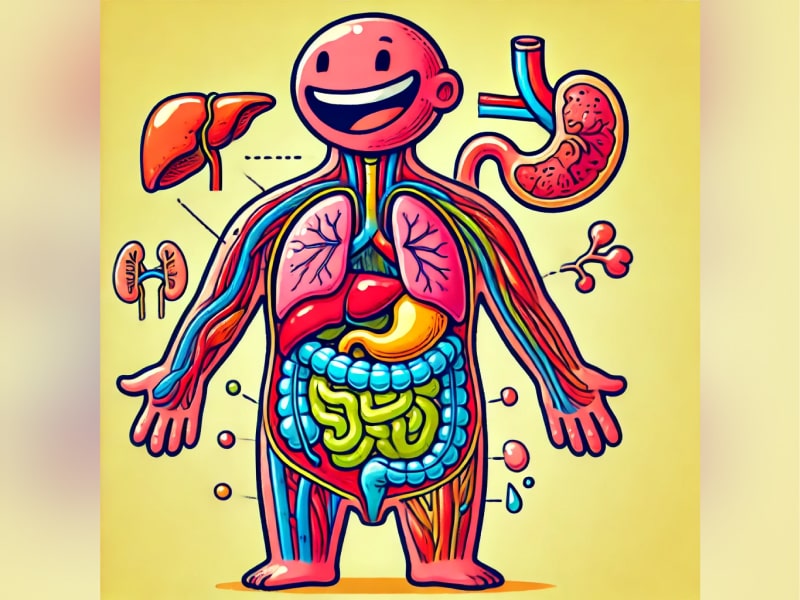Sağlıksız Kiloya İten Sebepler ve Sağlıklı Kilo Verme Yöntemleri
02 April 2022

Abdominal hernias, or hernias in medical terms, occur when internal organs and tissues abnormally protrude or extend through a weakened or damaged area of the abdominal wall into the subcutaneous tissue. The word "hernia" is derived from the Latin alphabet, and these types of hernias are a common health issue worldwide.
In the United States, more than 600,000 hernia surgeries are performed by general surgeons each year. Although hernia surgeries are quite common, some complications can arise post-surgery. These complications include postoperative pain, nerve damage, surgical site infection, and hernia recurrence. Hernias typically occur in the abdominal wall, particularly in the groin area.
The striped muscles of the abdominal wall are reinforced by structures called fascia or aponeurosis. However, there are areas where these structures are absent, and abdominal wall hernias are more likely to form in these areas. The most common regions for hernias are:
Just behind the abdominal wall is a structure called the peritoneum, which can protrude through a defect in the abdominal wall along with organs, causing pain in patients. Although the defect in the hernia region may be small, the area that protrudes and forms the hernia sac can be large, potentially leading to dangerous outcomes.
If you press on the hernia sac and it recedes, it is a good sign. However, if the hernia sac does not retract, it can indicate serious issues. Particularly in large hernias, pressure on the blood vessels supplying the internal organs can impair circulation, leading to ischemia and necrosis of the internal organs, which can be fatal. Adhesions within the hernia sac can also cause bloating and constipation in patients.
Abdominal hernias generally require surgical intervention. Treatment methods include open and closed (laparoscopic) surgical techniques:
Abdominal hernias occur when internal organs abnormally protrude through a weakness or damage in the abdominal wall into the subcutaneous tissue. This condition can present with various symptoms and lead to serious complications. If you experience symptoms of a hernia, you should consult a doctor without delay. Early diagnosis and appropriate treatment are crucial for protecting your health and preventing complications.